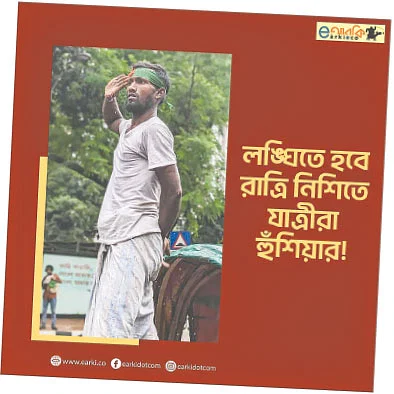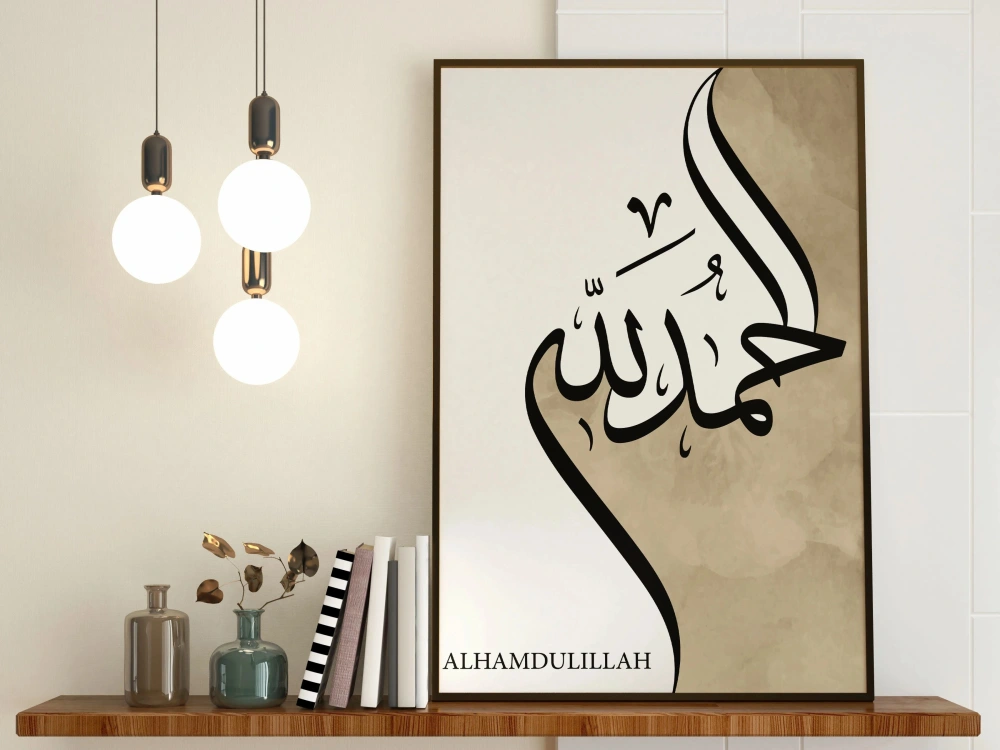Even at the end of June 2024, Facebook was abuzz with the story of a “noble” goat. The son of an NBR official had reportedly bought a goat for 1.5 million takas, causing quite a stir. Then came the news of leaked BCS exam questions. One issue after another surfaced: a driver earning half a crore, a peon with hundreds of crores, and so on. Perhaps the ruling party thought the “small” movement for quota reform would be overshadowed by these various issues. But instead of being suppressed, the pressure gradually increased. Initially, there were small trolls, sarcastic Facebook posts, and humorous memes. Eventually, all of this culminated in #StepDownHasina. The slogans echoed, “One demand, one solution, Sheikh Hasina’s resignation.” By August, students and the public started adding, “Loud and clear,” to such posts, signaling that it was no longer about subtle memes or jokes. The message was clear—they wanted the authoritarian Sheikh Hasina to step down.
Just two weeks earlier, most netizens were too afraid to even criticize Sheikh Hasina by name, let alone call her a dictator. Over the past 15 years, Sheikh Hasina’s government had effectively instilled a culture of fear through police harassment, attacks, and lawsuits. But how did this fear break down? On July 14 and 15: Who are you, who am I?
On July 14, during a press conference about the quota system in government jobs, then-Prime Minister Sheikh Hasina said, “If the descendants of freedom fighters don’t get it, should the descendants of war criminals get it?”
That very night, Dhaka University erupted in protest. Thousands of young people chanted, “Who are you, who am I? War criminal, war criminal.” The next morning, Facebook was divided into two groups. One group said, “Such slogans were inappropriate.” Others argued, “There’s a hidden sarcasm in their slogans. Can’t you feel the anger?”
That day, the movement spread beyond the campus to the general public, especially when photos and videos of brutal attacks by Chhatra League and Jubo League on Dhaka University students went viral on Facebook. Even then, many were protesting cautiously without directly mentioning names.
For instance, on July 15, an engineer named Sushmit Ashif posted on Facebook, “If your girlfriend offers you a pickle, what would you call it? A ‘signed’ pickle.” July 16 and 17: The fire spreads
On the morning of July 16, it was learned from a Facebook post by then State Minister for Posts, Telecommunications, and Information Technology, Zunaid Ahmed Palak, that a 50 million taka investment in the online education platform Ten Minute School had been canceled. Why? Palak remained silent. But the night before, Ayman Sadiq, the founder of Ten Minute School, had posted, “Bloody Dhaka University. Why is there blood on my campus? I protest.” Some joked on Facebook, “Relationships change in a moment.”
In the afternoon, the entire nation was shaken by the image of a young man named Abu Saeed. The photo of the university student standing before a gun, sacrificing his life, became a symbol of the movement. Many began changing their profile pictures to that of Abu Saeed.
On the night of July 16, images and videos started emerging of Chhatra League being expelled from various campus dorms. Many Chhatra League leaders, showing solidarity with the general students, began posting on Facebook, resigning from the party.
It was clear by then that the movement was no longer just about “quota reform.” On July 17, filmmaker Mostofa Sarwar Farooki wrote on Facebook, “Those of you who think this movement is just about a job are living in a fool’s paradise. Notice all the slogans. … This movement is to remind those in power that they are not the owners of this country. The real owners are the people.”
Sheikh Hasina’s speech that day, wearing a black saree, further fueled the youth’s anger. Some commented, “Nusrat Faria seems to act better than Nusrat Faria herself.” (Referring to the actress playing Sheikh Hasina in the Mujib movie)
It was clear that fear was giving way to growing anger. On July 17, poet Imtiaz Mahmud wrote, “It’s written in the lines of the hand,/ The ship will sink in arrogance.” July 18 to 25: Need water?
It started at BRAC University in Dhaka. Then one by one, in Dhanmondi, Uttara, Mirpur, Chattogram, Sylhet, and across the country, Facebook became flooded with images and videos of attacks on students, police and Chhatra League-Jubo League clashes, and fires in various buildings. Students lying injured in hospitals, one saying from his hospital bed, “I’m okay, Mom, just a bit of asthma trouble…”; lifeless bodies of young men being thrown out of armored police vehicles, students carrying their dead friends wrapped in the national flag. Watching these countless videos, the public seethed with anger and rage.
On August 18, while browsing Facebook, it was found that most of the brutal videos had been deleted under Facebook’s community guidelines. But one video remained. Amidst all the chaos, a young man was seen going from person to person, asking, “Need water, need water?” His name was Mir Mahfuzur Rahman Mugdha. Just a few moments after recording this video of distributing water among the protesters, he was killed. This one video of Mugdha ignited the flames of protest like wildfire.
On July 18, young activist Sayeed Abdullah wrote, “I was writing down the names and addresses of martyred students… One by one, the list is growing… My hands are trembling… I can’t write anymore…”
That very night, the government ordered the shutdown of the internet nationwide. On July 24, limited broadband internet was restored, but by then, many more lives had been lost. July 26 to 31: The color of blood is red
In the last week of July, more and more teachers began joining the students’ movement. Teachers were seen crying, fighting with the police to free their students, leading protests from the front—these images and videos boosted everyone’s morale even further.
Many other images and videos also had a profound impact during that time. One protester was being dragged away by the police, clinging to a window grille and saying, “I have a little sister, sir.” A female student was standing in front of a police van, saying, “Run me over if you must.” Sixteen to seventeen-year-old teenagers were being handcuffed and taken to jail. Such scenes brought tears to many eyes. The pictures and Facebook posts of the deceased youths and children kept appearing repeatedly on Facebook feeds.
Borrowing from Zahir Raihan’s “Another Spring,” many students and the public wrote on Facebook, “In the coming spring, we will double our numbers.”
But it became evident that they were not just doubling, but multiplying in countless numbers by July 30. Sheikh Hasina had asked people to mourn the dead with the color black. Yet, in response to the call of students and the public, Facebook users began changing their profile pictures to red. In just one day, the “blue” Facebook turned “red” in protest.
Slogans and graffiti with the words “Killer Hasina, leave the throne” began to emerge. However, many were still afraid to write directly on Facebook for fear of becoming “easy targets.”
On the night of July 31, a video of a speech by ULAB professor Salimul Haque went viral. In it, he said, “They won’t bring the killers to justice. Because they themselves are the killers… The current government must unconditionally apologize and resign.”
August 1 to 5: One demand, united front
At the beginning of August, there was no more hiding. Countless people’s profile pictures showed a single demand written in red against a red background.
A young man named Tawsif Tanzim Ahmed wrote, “With time, new words are created. The unique invention of this year—Fascina.”
By then, people on Facebook had become reckless. Ignoring lawsuits and attacks, they began writing boldly, “We demand the resignation of killer Hasina.”
It seemed as if the students and the public were convinced that Sheikh Hasina’s downfall was inevitable. Fahim Kabir, a student from Independent University Bangladesh, wrote on August 2, “We just need to go a little further. When you’re tired, remember, we need a lot of ‘water, water’.”
On August 4, the Anti-Discrimination Student Movement announced a long march towards Dhaka, calling for “Leave the power, come to Dhaka.”
Seeing posts urging everyone to include their name, blood group, address, and emergency contact number on their mobile display, it was clear that many were ready to take to the streets the next day, forgetting their fear of death.
August 5. The atmosphere was tense from the morning. Around 11 AM, the internet was shut down again. After the internet returned at noon, one video kept circulating repeatedly—Sheikh Hasina getting out of a helicopter and into a car, with luggage in tow.










